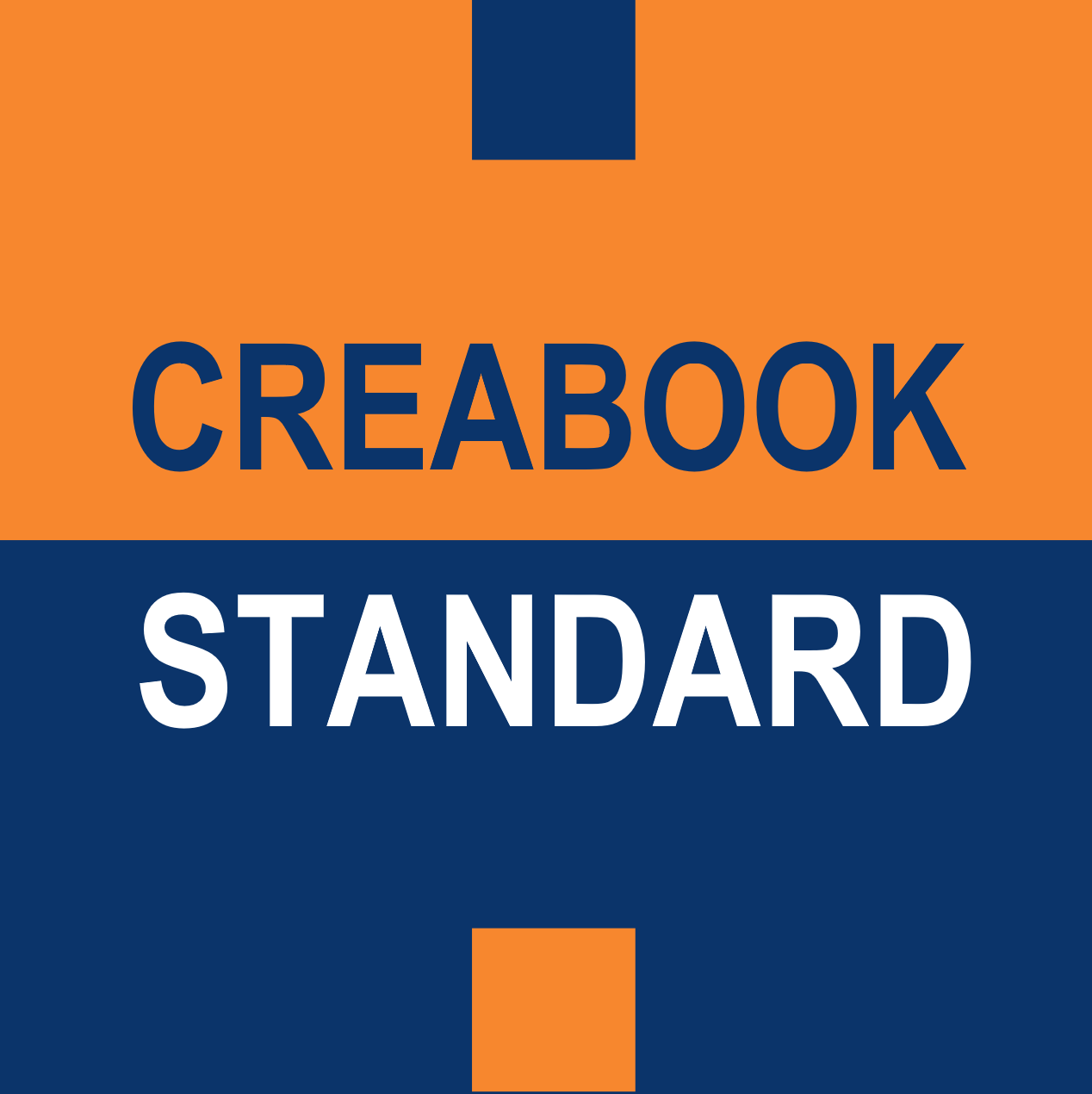In this chapter, you will learn how to include relevant annexes to substantiate your statements and strengthen the legal status of your CreaBOOK. There are three types of annexes:
- Proof-related annexes: These documents contain PDF copies of the work that initiated and developed the creation. They may include authentic notary deeds, official publications, testimonials, laboratory notes, audio or video recordings, photographs, or agenda copies. Each of these documents can prove multiple facts and dates, so the same document may be cited multiple times in the main declaration.
- Description-related annexes: These documents serve to illustrate certain statements you make. For example, you can include articles, statistics, or economic analyses justifying the valuation of your creation. You also have the option to attach commercial documentation, instruction manuals, plans, and photos of your products, as well as manufacturing books, quality control, and testing methods. In the case of artworks or the logo of your creation, you can also include recordings, videos, and photographs that inspired the work.
- Legal annexes: These documents pertain to acts related to the status of the creation. Initially, these annexes may be few, but they will multiply as the creation’s diffusion increases (licenses, agreements, transfers, authentic deeds, etc.). Files related to mandates received from co-creators can be considered “trade secrets” and can be included in the CreaBOOK in encrypted form (we will explain this later). Licenses received from other creators, which are necessary for the regular operation of the creation, should also be listed in the CreaBOOK. Licenses granted to third parties should also be included in the CreaBOOK, as they affect the value and scope of the associated rights. Close cooperation between creators significantly enhances the value of the creation.
